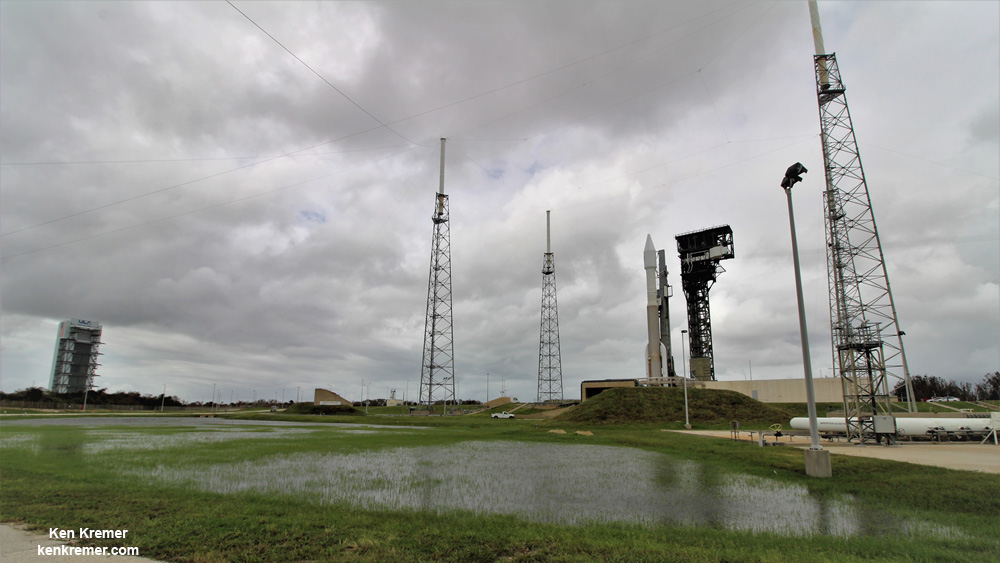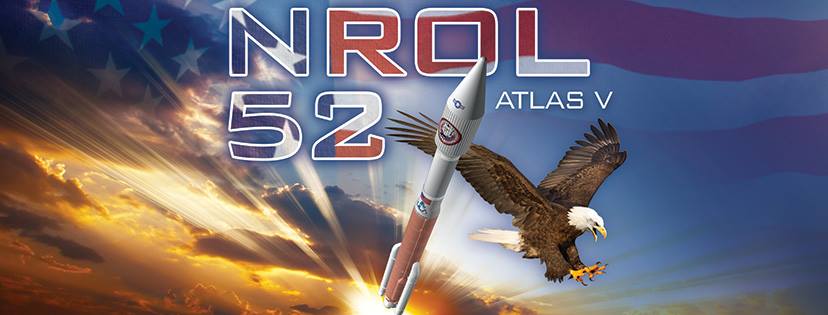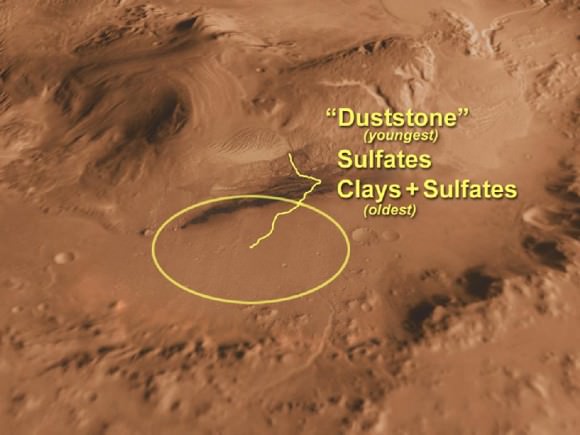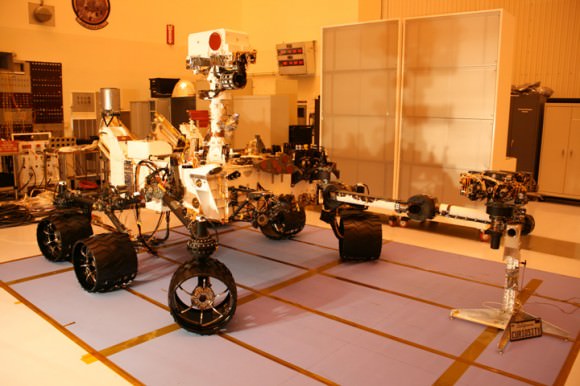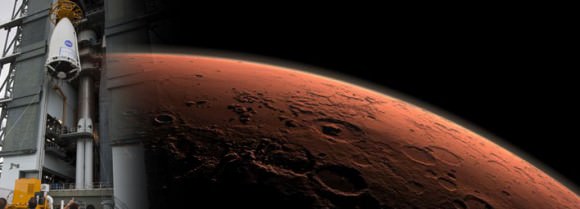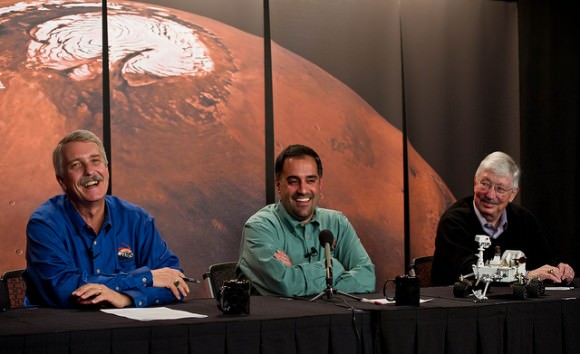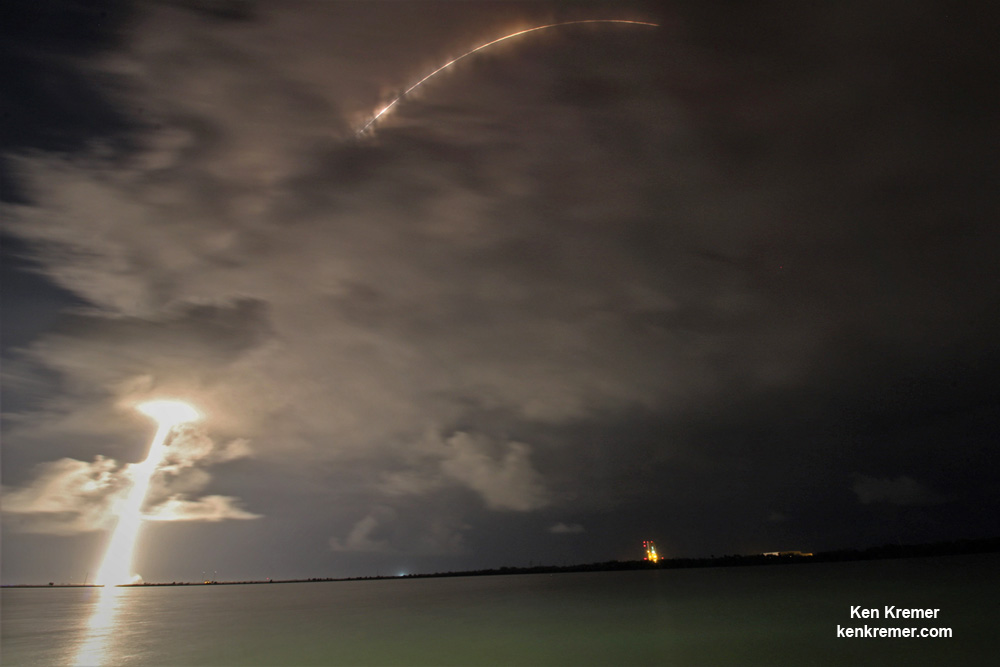
CAPE CANAVERAL AIR FORCE STATION, FL — A clandestine black ops satellite supporting US national defense launched into the black skies over Florida’s spaceport in the dead of night Sunday, Oct. 15, on a mission for the U.S. governments National Reconnaissance Office (NRO) that lit up the night skies offering a spectacular vista on its journey to orbit.
A United Launch Alliance (ULA) Atlas V launch carrying the covert NROL-52 mission in support of U.S. national security blasted off early Sunday, Oct. 15 at 3:28 a.m. EDT (0728 GMT) from seaside Space Launch Complex-41 at Cape Canaveral Air Force Station in Florida.
“Congratulations to the team who helped make #NROL52 a success! United Launch Alliance, 45th Space Wing at Patrick Air Force Base, Fla., Air Force Space Command, and the Space and Missile Systems Center,” the NRO announced post launch on social media.
“Thanks. It was our privilege to serve your mission,” tweeted ULA CEO Tory Bruno in reply.
“Today’s launch is a testament to the tireless dedication of the ULA team, demonstrating why ULA continues to serve as our nation’s most dependable and successful launch provider,” said Laura Maginnis, ULA vice president of Government Satellite Launch, in a statement.

The Atlas V hauling NROL-52 soon arced over eastwards as it accelerate skywards to deliver the covert satellite to geosynchronous transfer orbit.
As the goals of the secret satellite mission were completely clouded from view perhaps it’s somewhat fitting that overhead clouds furtively rolled in as launch time approached and partially obscured our view – which nevertheless was magnificent!
The Atlas V thundered off pad 41 right at the opening of the middle of the night launch window providing absolutely stunning views to spectators ringing the space coast region as it steaked to orbit – darting in and out of the surprisingly thick cloud layer and affording witnesses who wisely woke up a spectacle they won’t forget.
The top secret payload literally launched into the black. Several minutes after liftoff ULA’s live launch webcast coverage entered a communications blackout.
“At the request of our [NRO] customer, we will wrap up our live #AtlasV #NROL52 [coverage],” said ULA.
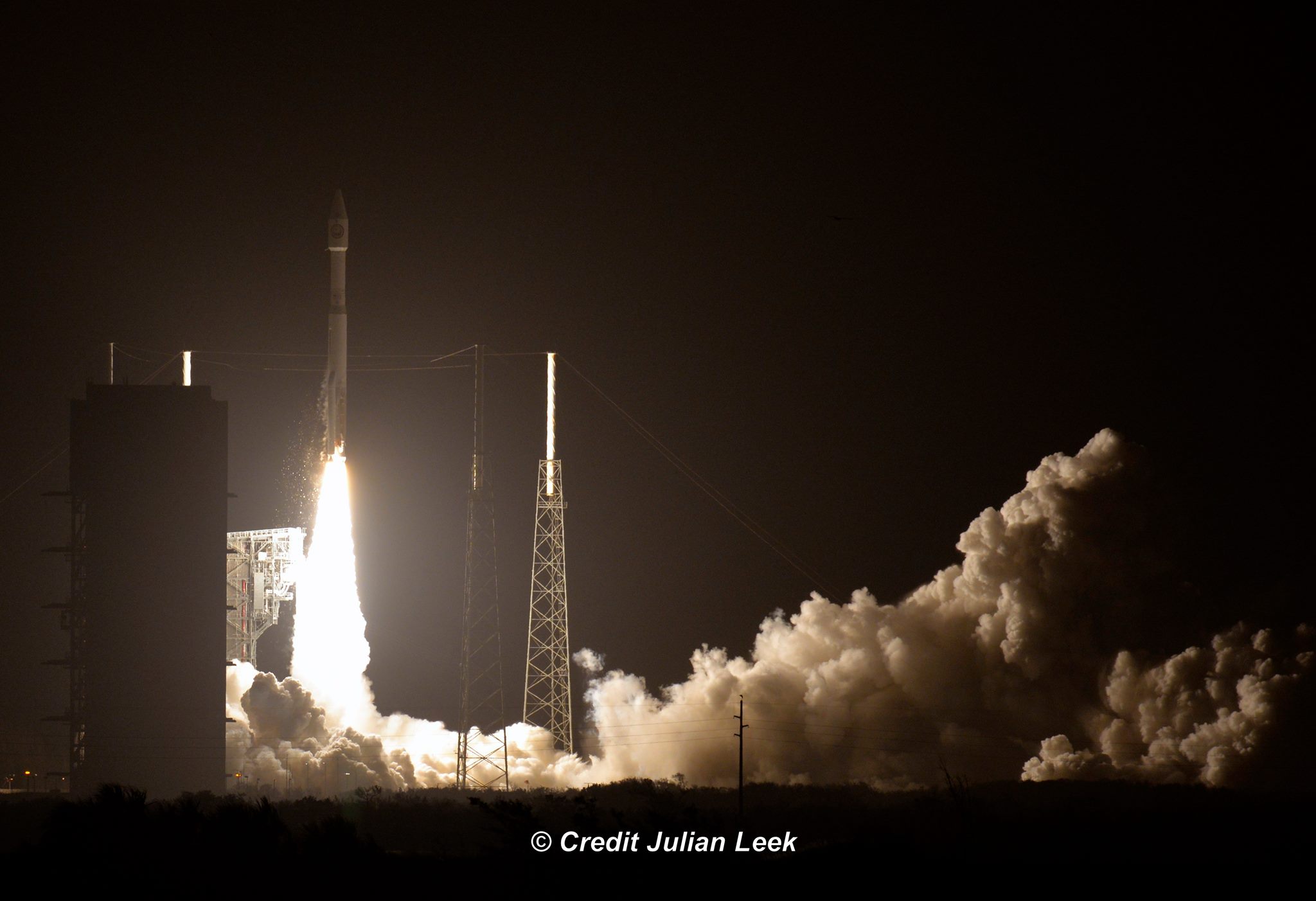
“Never before has innovation been more important for keeping us ahead of the game. As the eagle soars, so will the advanced capabilities this payload provides to our national security,” said Colonel Matthew Skeen, USAF, Director, NRO Office of Space Launch, in a statement. “Kudos to the entire team for a job well done.”
“It’s always a good day when our nation launches an NRO payload that provides vital information to help keep our nation strong and protect us from enemies who wish to do us harm.
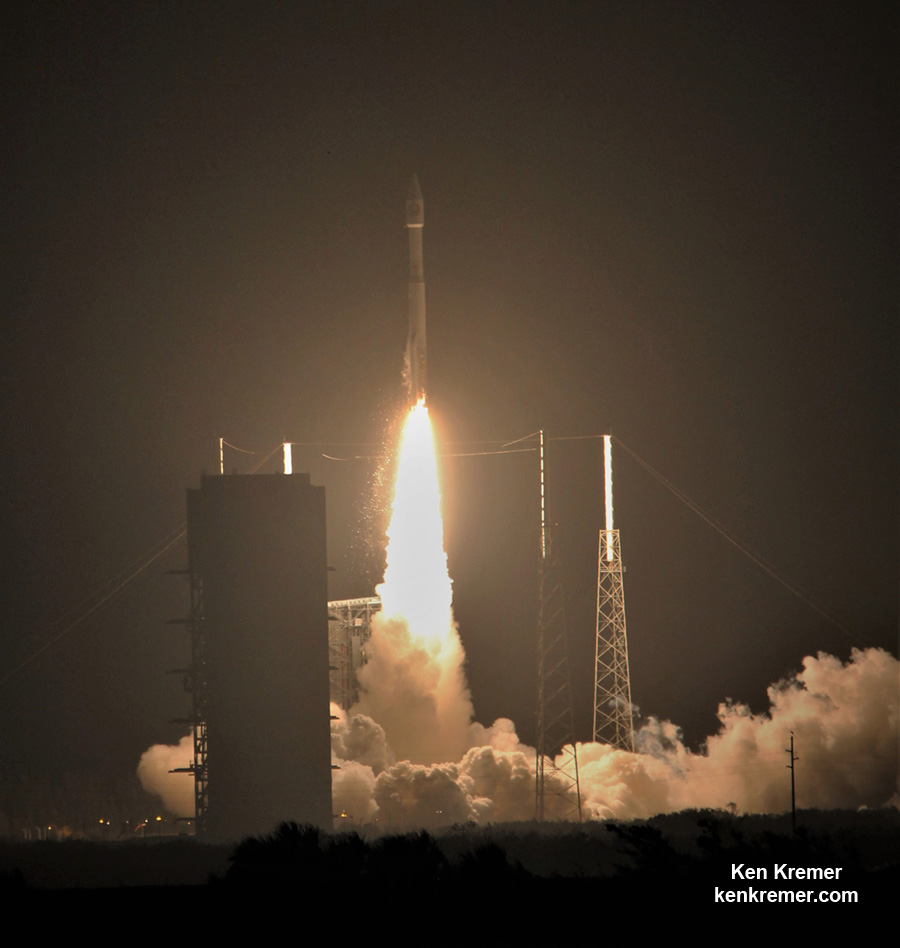
The fifth time was finally the charm for the oft postponed launch that initially was delayed from late September into early October by the impact of Hurricane Irma on the Florida Space Coast that caused over $100 million in damage to homes, businesses, marinas, parks and more in Brevard county.
The NROL-52 launch attempt was then scrubbed 4 more times due to lingering awful bouts of rains squalls and threating high winds and even a technical glitch with the S-band transmitter on the second stage of the ULA Atlas V rocket.
Fixing the transmitter required that the Atlas rocket be rolled back off the launch pad and into the Vertical Integration Facility (VIF) at pad 41 to replace the faulty equipment and verify its reliable operation.
“After recovering from Hurricane Irma that came through the area last month, and the last week’s weather challenges, the team found the right opportunity today to deliver this critical national asset to orbit,” Maginnis stated.
The ULA Atlas V launch of NROL-52 for the U.S. governments National Reconnaissance Office (NRO) concluded a launch double header this week on the Florida Space Coast that began with the sunset launch of a SpaceX Falcon 9 of the SES-11 commercial satellite on Wednesday, Oct 11. The Falcon 9 first stage soft landed minutes later on an ocean going platform.
The venerable two stage Atlas V stands 194 feet tall and sports a 100% success record. The first stage generates approx. 1.6 million pounds of liftoff thrust.
This Atlas Evolved Expendable Launch Vehicle (EELV) mission launched in the 421 configuration vehicle, which includes a 4-meter payload fairing (PLF) and two strap on solid rocket first stage boosters.
The Atlas booster for this mission was powered by the Russian-built RD AMROSS RD-180 engine, and the Centaur upper stage was powered by the Aerojet Rocketdyne RL10C-1 engine.
The National Reconnaissance Office (NRO) is a joint Department of Defense–Intelligence Community organization responsible for developing, launching, and operating America’s intelligence satellites to meet the national security needs of our nation.
The NRO runs a vast fleet of powerful orbital assets hosting a multitude of the most advanced, wide ranging and top secret capabilities.
NROL-52 was launched for the NRO on an intelligence gathering mission in support of US national defense.
The possible roles for the reconnaissance payload include signals intelligence, eavesdropping, imaging and spectroscopic observations, early missile warnings and much more.
This marks the 6th and final Atlas V launch of the year.
The NROL-52 mission marks ULA’s seventh launch of 2017 and 26th for the National Reconnaissance Office.
NROL-52 is the 74th flight of the Atlas V rocket and the seventh in the 421 configuration.
“I want to thank the entire ULA team and our mission partners at the NRO and U.S. Air Force who made this, our 26th NRO launch, successful,” said Maginnis.
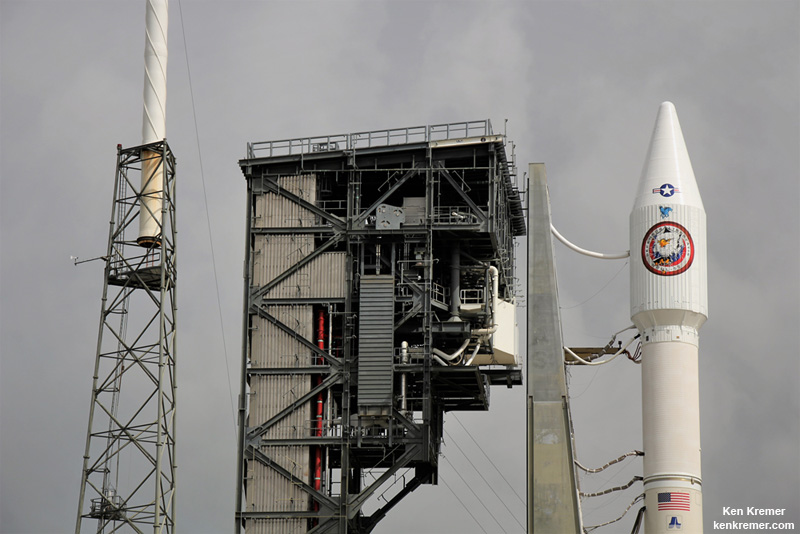
NROL-52 is the fourth of five launches slated for the NRO in 2017 by both ULA and SpaceX.
The next NRO launch is scheduled on a ULA Delta IV in December from Vandenberg Air Force Base, California.
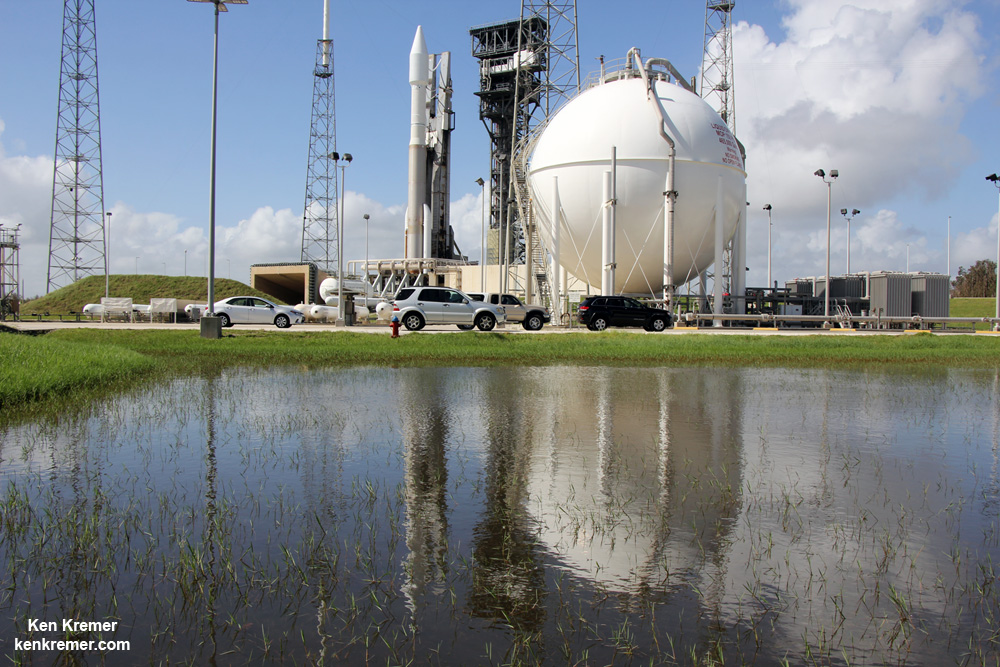
Watch for Ken’s continuing onsite NROL-52, SpaceX SES-11 and NASA and space mission reports direct from the Kennedy Space Center and Cape Canaveral Air Force Station, Florida.
Stay tuned here for Ken’s continuing Earth and Planetary science and human spaceflight news.
